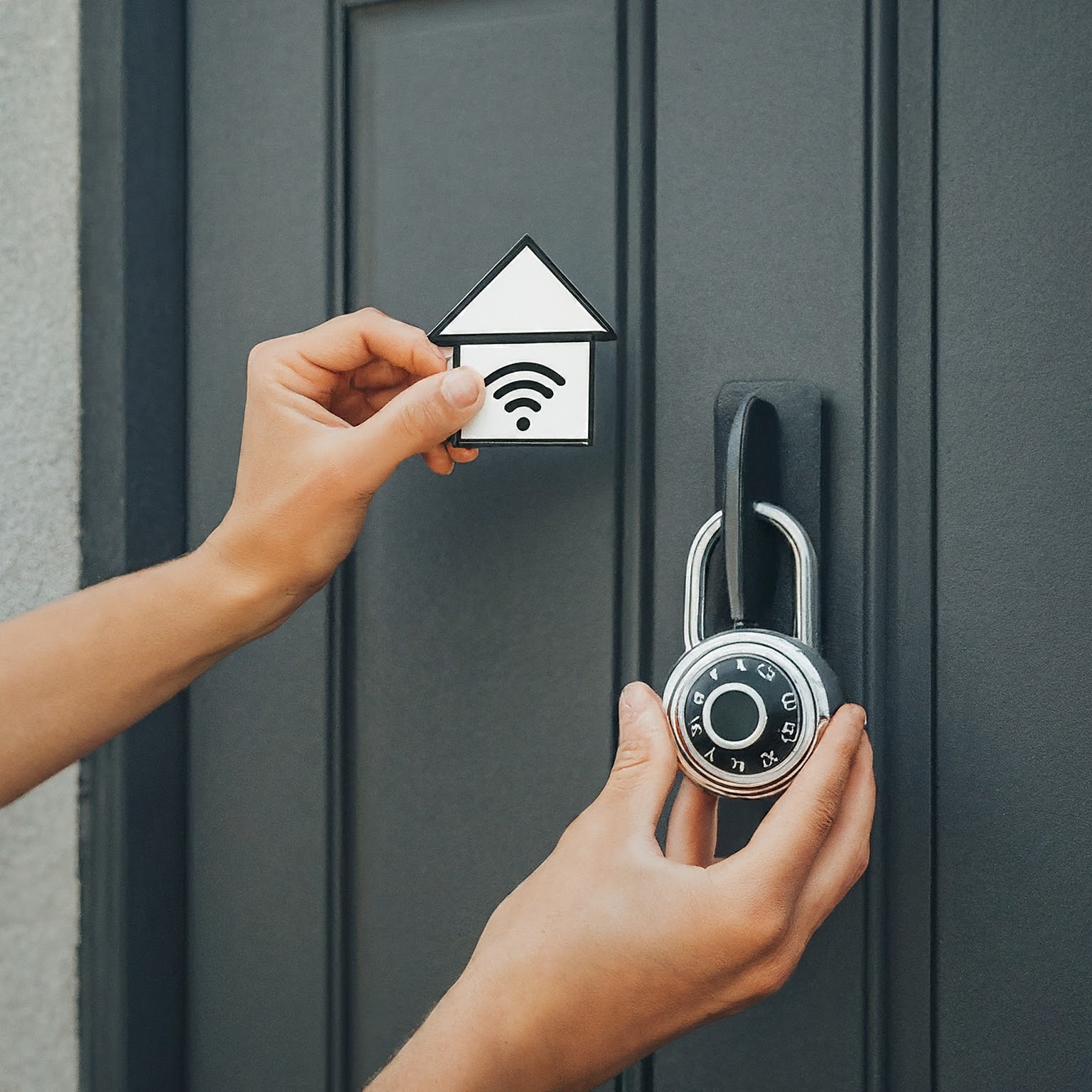
Securing Your Smart Home: Tips for IoT Privacy and Security
As our homes become increasingly interconnected with the Internet of Things (IoT), it’s crucial to prioritize the security and privacy of our data. IoT devices, while offering convenience and automation, can also pose significant risks if not properly secured. In this comprehensive guide, we’ll explore essential tips to protect your smart home from vulnerabilities and ensure your privacy remains intact.
Understanding IoT Vulnerabilities
Before diving into security measures, it’s essential to understand the common vulnerabilities that IoT devices face:
- Weak Default Passwords: Many IoT devices come with weak default passwords that are easy to guess.
- Lack of Encryption: Some devices may not use encryption to protect data transmitted over the network.
- Software Vulnerabilities: Outdated software can contain security holes that hackers can exploit.
- Phishing Attacks: Phishing scams can trick users into revealing sensitive information.
Essential Tips for Securing Your Smart Home
- Strong and Unique Passwords:
- Avoid Weak Passwords: Use complex passwords that combine uppercase and lowercase letters, numbers, and symbols.
- Unique Passwords: Create unique passwords for each IoT device to prevent compromise if one password is leaked.
- Password Managers: Consider using a password manager to securely store and manage your passwords.
- Regular Software Updates:
- Check for Updates: Keep the firmware of your IoT devices up-to-date to address security vulnerabilities.
- Automatic Updates: Enable automatic updates whenever possible to ensure timely security patches.
- Secure Network Connections:
- Separate Network: Create a separate Wi-Fi network for your IoT devices to isolate them from your main network.
- Strong Wi-Fi Password: Use a strong password for your Wi-Fi network to prevent unauthorized access.
- VPN: Consider using a virtual private network (VPN) to encrypt your internet traffic and protect your privacy.
- Limit Device Access:
- Guest Networks: Use guest networks for visitors to limit their access to your main network.
- Device Restrictions: Restrict the capabilities of IoT devices to only essential functions.
- Firewall: Enable a firewall on your router to block unauthorized access to your network.
- Beware of Phishing Attacks:
- Verify Emails: Be cautious of unsolicited emails, especially those asking for personal information.
- Official Websites: Always visit the official websites of manufacturers to access their products and services.
- IoT Security Solutions:
- Dedicated Security Devices: Consider using dedicated IoT security devices to monitor and protect your network.
- Security Suites: Explore security suites that offer comprehensive protection for your IoT devices and network.
- Regular Security Audits:
- Assess Vulnerabilities: Conduct regular security audits to identify potential vulnerabilities in your smart home setup.
- Professional Help: If you’re unsure about security best practices, consult with a cybersecurity professional.
Conclusion
By following these essential tips, you can significantly enhance the security and privacy of your smart home. Remember, staying informed about the latest security threats and adopting proactive measures is crucial to protecting your data and ensuring a safe and secure IoT environment.
Click to read more blog posts on IOT: IOT | Byte And Buzz
Are you excited to start your smart home journey? What devices are you most looking forward to integrating into your home? Share your thoughts and questions in the comments below!
- 5G and Smart Home TechnologyThe advent of 5G technology has brought about a new era of innovation and transformation in various industries, including the smart home sector. With its faster data speeds, lower latency,…
- The Future of Work: How 5G is Enabling Remote Work TechnologiesThe way we work is undergoing a significant transformation, and 5G technology is at the forefront of this change. With its high speed, low latency, and massive connectivity capabilities, 5G…
- 5G-Enabled IoT: How Will 5G Power the Internet of ThingsThe Internet of Things (IoT) has been a buzzword in the technology industry for several years, and with the advent of 5G technology, it is poised to become a reality….
- IoT for Home Security: Building a Fortress with Smart DevicesIn today’s world, home security is a top priority. With the rise of technology, smart home devices offer innovative solutions to protect your property and peace of mind. By incorporating…
- Smart Home Hub Showdown: Which Central Control System is Right for You?A smart home hub serves as the central nervous system for your connected devices, allowing you to control and automate various aspects of your home. With numerous options available, choosing…













